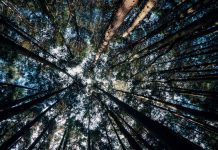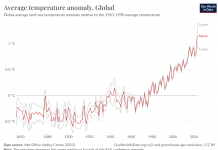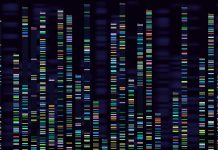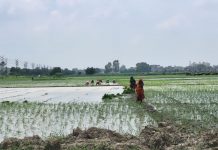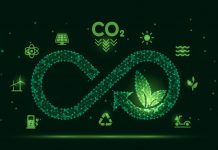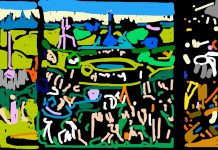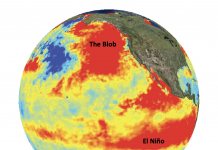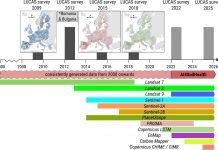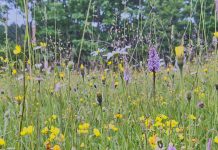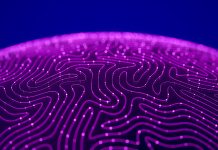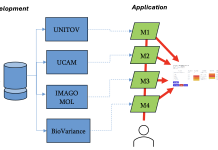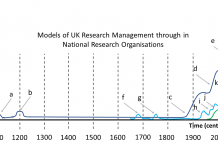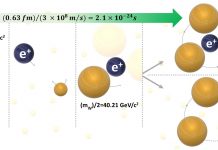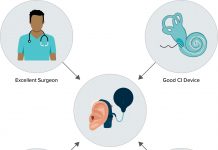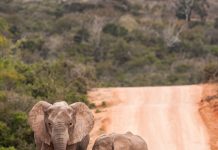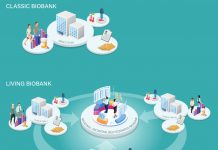Open Access Government produces compelling and informative news, publications, eBooks, and academic research articles for the public and private sector looking at health, diseases & conditions, workplace, research & innovation, digital transformation, government policy, environment, agriculture, energy, transport and more.
Home 2024
Archives
Bacterial photobiohybrids and photosynthesis: Optimizing energy harvesting with bacterial-semiconductor hybrids
Photosynthesis serves as the primary mechanism for converting solar energy into chemical energy and plays a pivotal role in regulating atmospheric oxygen levels and carbon dioxide concentrations, influencing global climate patterns as a result.
Innovative climate research for guiding policy-making
Professor Phoebe Koundouri leads AE4RIA and UN SDSN Global Climate Hub, participating in innovative climate research impact projects.
Progress and challenges in corporate initiatives towards human rights in Japan
Emi Sugawara, Professor at Osaka University of Economics and Law, Faculty of International Studies, continues to examine business and human rights in Japan, charting the progress and challenges in corporate initiatives.
Political leadership on climate and the 1.5°c limit: A normative framework
Richard Beardsworth, Professor of International Relations and Head of School at POLIS, University of Leeds, walks us through political leadership on climate and the 1.5°C limit and discusses if this limit remains a meaningful normative framework for climate action.
Artificial intelligence (AI) tools in genetics
Vessela Kristensen and Dag Undlien uncover AI tools in genetics, from variant recognition to clinical implementation.
Pavitra Ganga successfully demonstrates robust and low-energy wastewater technologies in India
Paul Campling is the coordinator and Anshuman is the scientific coordinator of the EU-India Horizon 2020 project Pavitra Ganga that ran from 2019 until the beginning of this year. This research and innovation project brought European and Indian partners together to collaborate on tackling wastewater treatment challenges and to unlock some of the resource recovery opportunities.
ARCHIMEDES Project ensures extended ECS lifetime
Reiner John, Coordinator Research Funding Corporate Strategy at AVL List, examines how the ARCHIMEDES project ensures an extended ECS lifetime with digital means and fosters a circular economy.
Can the arts be an effective tool to combat psychosis stigma?
There has been a rise in stigma for mental illnesses over the past few decades, particularly for psychotic symptoms. However, artistic representation may be the key to eliminating psychosis stigma.
Seabirds and humpback whales give early warning to marine heatwaves
Lauren Bien from Prince William Sound Science Center and Mayumi Arimitsu from USGS, Alaska Science Center and additional contributors, John Moran and Rob Suryan, Alaska Fisheries Science Center explain how seabirds and humpback whales provide early warning signals during extreme marine heatwaves.
Soil health monitoring through iterative analysis of soil’s past, present, and future
Tom Hengl, Director of the OpenGeoHub foundation, discusses the importance of soil health monitoring and how the AI4SoilHealth project is supporting this endeavor.
The critical role of governments in benefit sharing
Dominic Muyldermans and Frank Michiels outline the key role governments can play in making a new multilateral mechanism for benefit sharing a success.
The future of AVS, dizziness, and vertigo in emergency departments: Part II. Policy innovations...
In the second article of this five-part series, Dr Millie Nakatsuka discusses the barriers that contribute to the overuse of neuroimaging associated with the diagnosis of acute vestibular syndrome and proposes systemic reform.
The European REVERT Project: An ai-based dss for treatment selection
Find out here about the European REVERT project, an AI-based DSS for treatment selection.
Do research software engineers have research methods?
Dr Joanna Leng, School of Computing, University of Leeds, Dr Phillip Brooker, School of Sociology, University of Liverpool and Emeritus Prof Wes Sharrock, School of Sociology, University of Manchester, all from the UK, ponder if Research Software Engineers have research methods, plus why today, we have increasingly more types of academic research institutions and organisations.
STEM programs: Encouraging an early start with engineering design
Nancy Butler Songer, Associate Provost of STEM Education at the University of Utah, highlights the importance of introducing STEM programs to younger students.
Thermodynamics of hadronization: The rotating lepton model explains key CERN experiments
Constantinos G. Vayenas, Professor at the University of Patras, Academy of Athens, explores the thermodynamics of hadronization, using the Rotating Lepton Model and two key CERN experiments.
Tuneable phononic crystals and topological acoustics
Sourav Banerjee, Professor from the University of South Carolina, navigates the field of tuneable phononic crystals and topological acoustics.
Hearing and auditory research for cochlear implant outcomes
Amit Walia, Matthew Shew, and Craig A Buchman from Washington University School of Medicine, guide us through hearing and auditory research predictive models for cochlear implant outcomes in adults.
Conserving elephant populations: Not without consultation
Global North and South when it comes to conservation, human rights and climate protection, particularly concerning elephant populations.
Building a sustainable, high-impact, and ‘living’ biobank infrastructure in Canada
A living biobank can generate new insights about our care; Francois Lamontagne, Paul Hebert, and Michelle Kho tell us more.


